Top 10 Milestones in AI Image Generation History
AIPublished by
ModelsLab Editorial Team
Published on
Sep 17, 2024
AI art generators are transforming the art and image creation landscape. According to reports, over 34 million AI-generated images are produced daily, with more than 15 billion images created using text-to-image algorithms. These platforms have seen explosive growth in recent years, reshaping how we think about art.
But how did it all begin? What was the first AI-generated image, and how did we evolve from simple pixel creations to today’s stunning AI masterpieces?
In this blog, we’ll explore the key moments in history that paved the way for the incredible advancements in AI image generation we see today.
Early Digital Art – 1950s
Using computers to create art isn’t as new as it seems. The roots of AI-generated art go back to the 1950s when computers first started showing their potential. In 1953, Ben F. Laposky used wave generators and electronic circuits to create abstract art.
His exhibition, "Oscillons," was one of the first instances of computer graphics in art, and his piece Oscillon 40 is considered one of the earliest digital artworks, now part of the Victoria and Albert Museum collection.
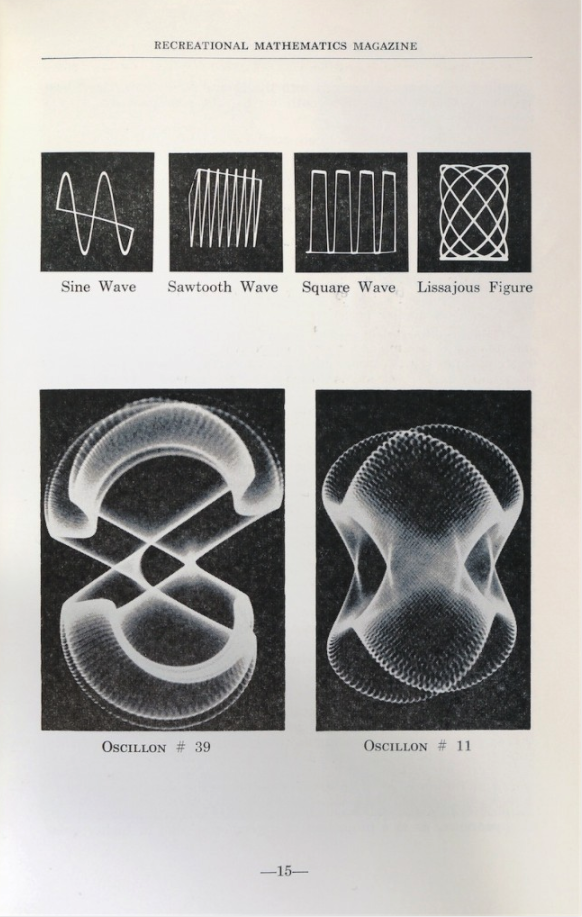
AARON by Harold Cohen - 1970s
AARON is an early AI program created by artist Harold Cohen in the 1970s to make art independently. It started with simple abstract drawings and later evolved to develop more complex images like rocks, plants, and people, eventually adding colour. While AARON couldn’t learn independently, it followed programmed rules to produce different designs.
Cohen used machines to print the art and often added finishing touches by hand. AARON’s artwork has been shown in galleries around the world and is one of the first examples of AI in art. Its impact can still be seen in modern AI art tools like DALL-E and Midjourney.
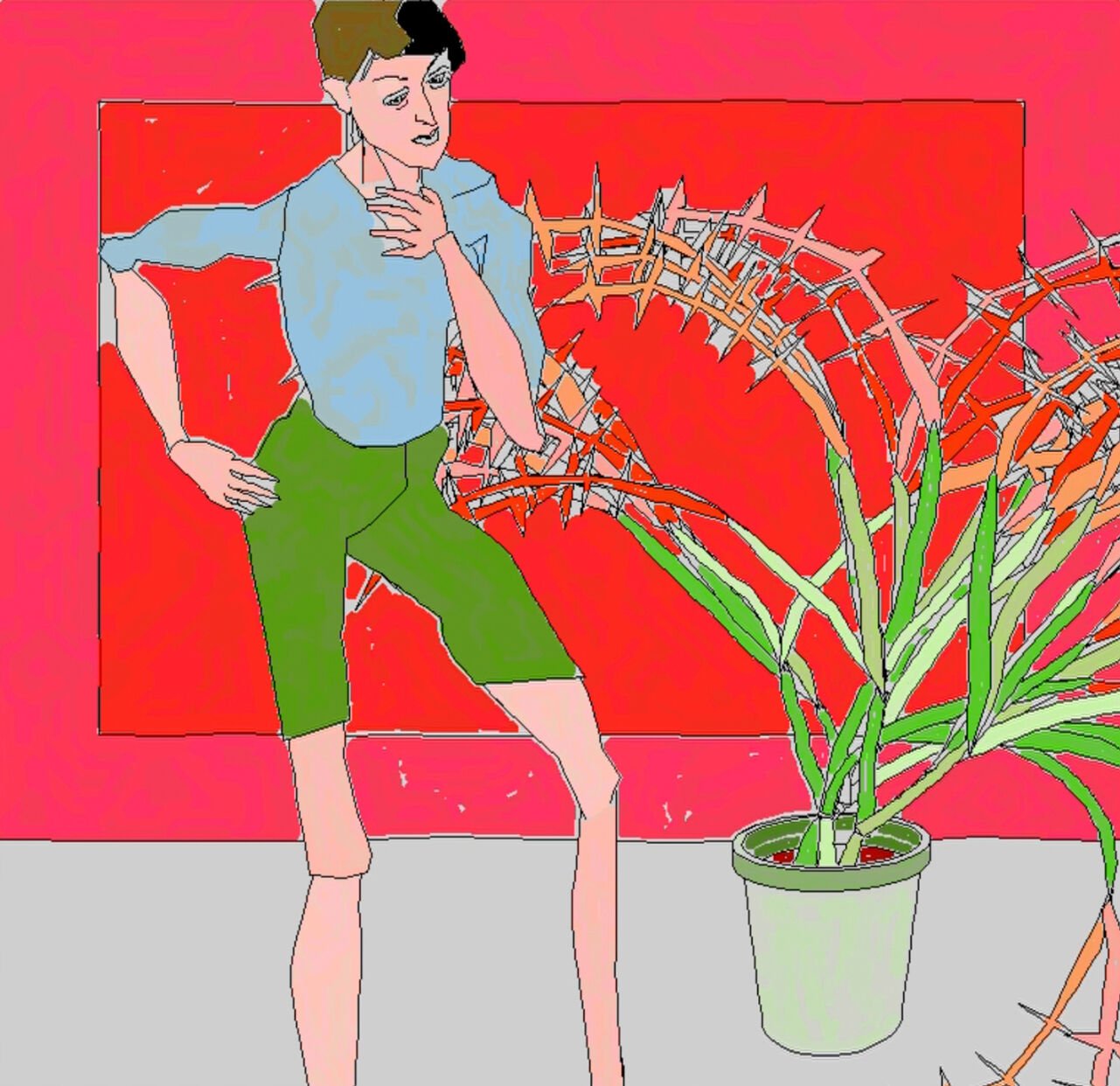
Development of Neural Networks - 1990s
In the late 20th century, interest in AI-generated art grew again with the development of neural networks. Artists and researchers started using these networks to create visual and audio content. One standout example from the 1990s is the work of Karl Sims, who showed how AI could mimic natural evolution to create eye-catching images and animations.
His work focuses on simulating natural processes, using genetic algorithms to evolve complex actions in virtual environments. This method enables the creation of dynamic and unique visual content, as the virtual creatures adapt to their surroundings.
One of his standout projects involved the animation of water and other natural phenomena using the Connection Machine, demonstrating how high-performance computing can be used for artistic expression.
Aesthetic Style Transfer – 2010s
In the 2010s, advances in deep learning and convolutional neural networks (CNNs) marked a new era for AI art. Researchers started using style transfer techniques, allowing AI to blend the artistic style of one image with another. This innovation led to stunning artworks that combined styles from different artists and periods.
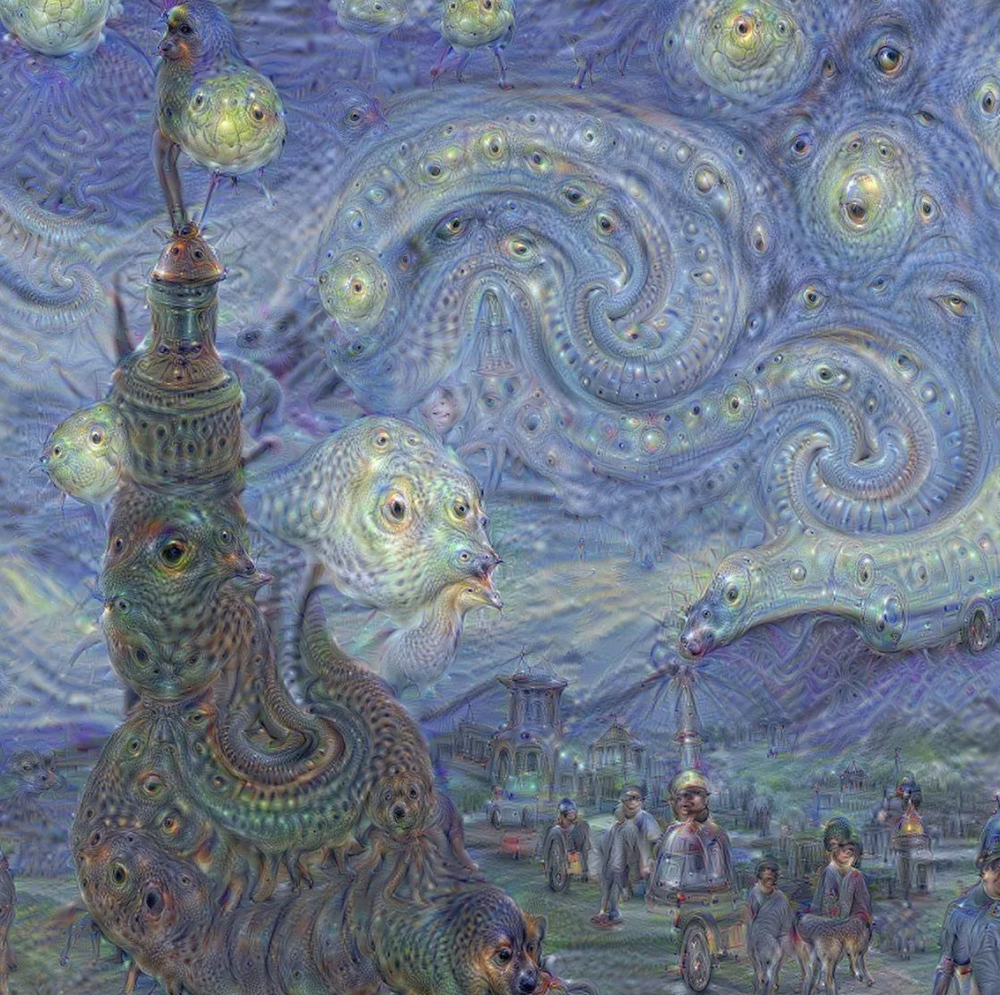
Generative Adversarial Networks (GANs) - 2014
In 2014, Ian Goodfellow and his team developed Generative Adversarial Networks (GANs), which transformed AI art. GANs use two neural networks: the Generator, which makes new images, and the Discriminator, which decides if the images are real or fake.
The Generator tries to create images that look real, while the Discriminator tries to spot the fakes. This back-and-forth process helps the Generator produce more realistic images. GANs have greatly influenced AI art, allowing for the creation of highly detailed and imaginative visuals.
DeepDream and the AI Art Boom - 2015
A key development in this area was Google’s DeepDream, created by Alexander Mordvintsev. DeepDream used neural networks to identify and amplify patterns in images, resulting in dream-like, surreal visuals filled with intricate, psychedelic designs. This process, known as algorithmic pareidolia, gave AI the ability to transform ordinary images into unexpected and artistic creations.
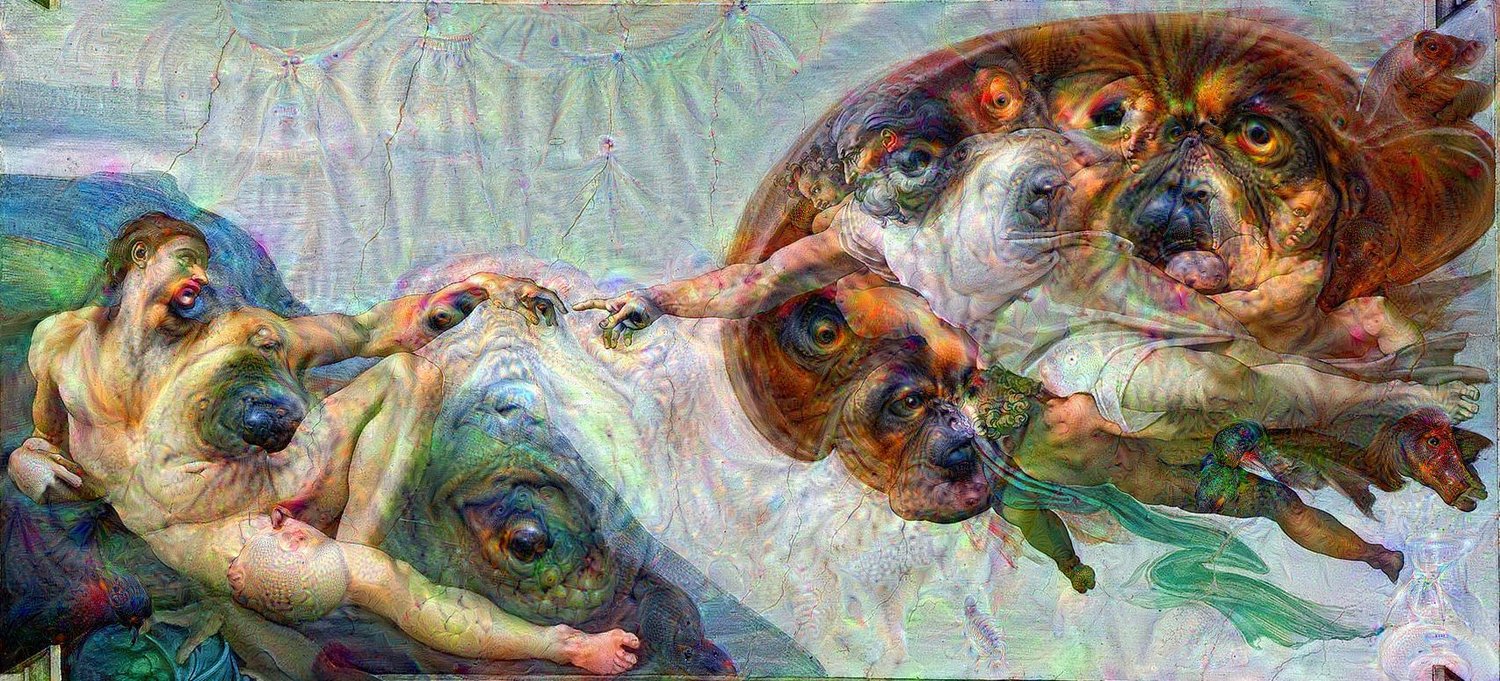
DeepDream’s release in 2015 sparked widespread interest, popularizing AI-generated art and encouraging new tools for users to explore creative possibilities. Beyond art, this breakthrough raised important questions about creativity, perception, and the role of AI in modern culture. The intersection of technology and art continues to shape discussions on how AI can contribute to human creativity.
The Next Rembrandt Project – 2016
In 2016, The Next Rembrandt project gained global recognition for using AI to analyze and replicate the style of Dutch painter Rembrandt van Rijn. By employing a convolutional neural network (CNN), the project analyzed over 168,000 painting fragments and 346 complete works to create a new portrait mimicking Rembrandt's style.
This effort highlighted AI’s potential to blend historical techniques with modern technology and sparked debates about the nature of art and creativity. The project not only showcased AI’s capabilities but also challenged traditional notions of art and authorship in the digital age.
“Edmond de Belamy” Sells for $432,500 – 2018
In 2018, the AI-generated portrait "Edmond de Belamy" made headlines when it sold for $432,500 at Christie's auction in New York. Created by the Paris-based art collective Obvious, the artwork was generated using a Generative Adversarial Network (GAN), which involved training an AI on 15,000 historical portraits.
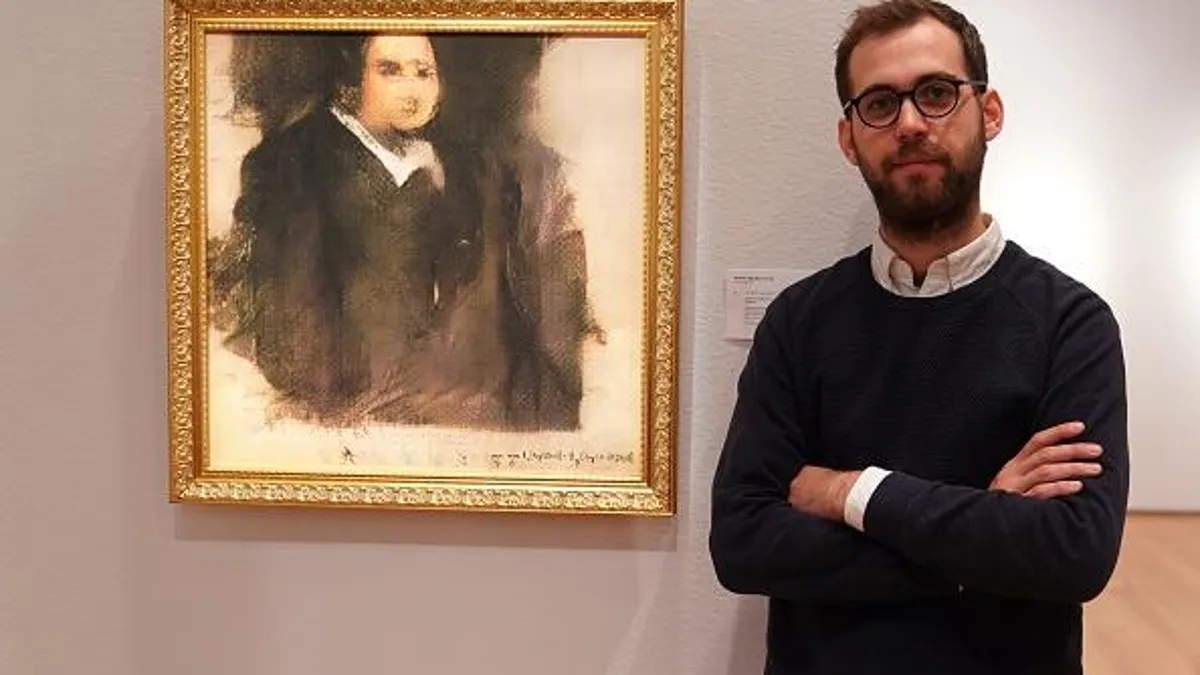
The sale of this piece marked a major milestone in the art world, as it was one of the first AI-created artworks to be auctioned at a major house. The unique signature of the piece, a mathematical formula, highlighted the AI's role in its creation. This event sparked widespread debate about the nature of art and creativity in the age of AI, challenging traditional notions of artistry and authorship.
AI-Generated Photo Wins a Competition – 2022
In 2022, a significant incident at the 1839 Color Photography Awards spotlighted the tension between human and AI-generated art. Photographer Miles Astray submitted a real photograph of a flamingo, titled "F L A M I N G O N E," to the AI category, where it won both third place and the People’s Vote award.
The photo, taken in Aruba, featured a surreal scene of a flamingo appearing headless. Astray intended to challenge the growing dominance of AI in art competitions and assert the unique value of human creativity. Although initially recognized, the competition organizers disqualified the entry after learning it was not AI-generated, citing fairness concerns.
Astray's submission sparked a broader debate on the role of AI in art and highlighted the need for clear guidelines and ethical considerations in such competitions.
Advancement of AI Models
Recent advancements in AI models have significantly improved the quality of AI-generated images. Models like Flux, Stable Diffusion, Midjourney, and Imagen can now produce highly realistic and imaginative images from text descriptions. These innovations have pushed the boundaries of what's possible in visual creativity and have made advanced image generation more accessible.
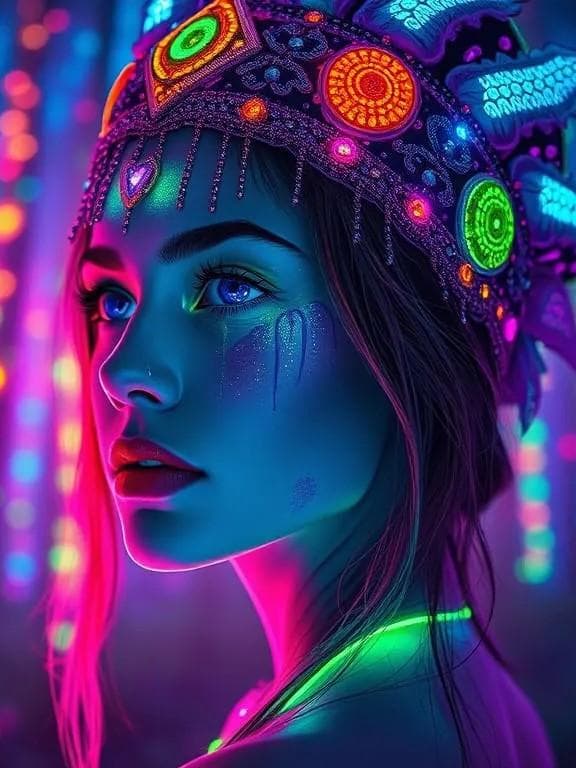
Final Thoughts
AI image generation has come a long way, from the early digital art of the 1950s to today’s advanced models. These technologies have transformed how art is created, allowing for incredible new possibilities and creative innovations. As AI continues to evolve, it offers exciting opportunities for artists to explore and push the boundaries of creativity.
Ready to experience the future of AI art? Try the latest Flux model, available now on Modelslab. Start your free trial today and see what Flux can bring to your art!